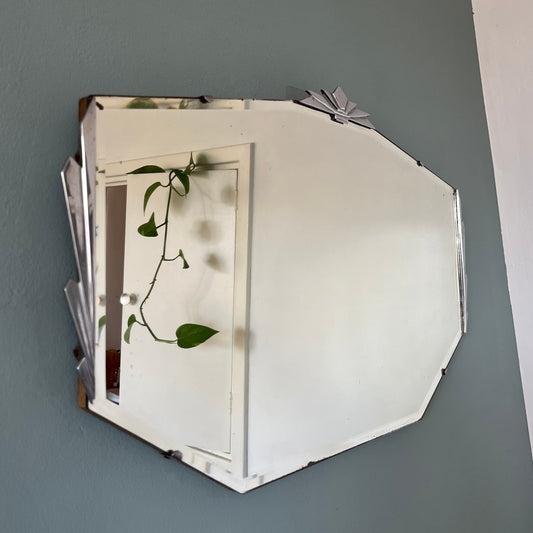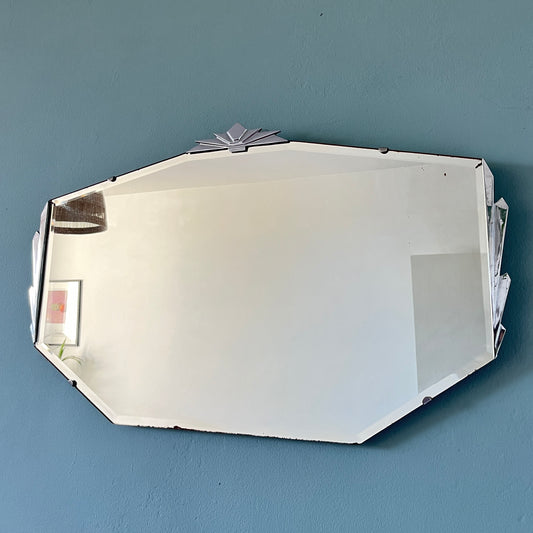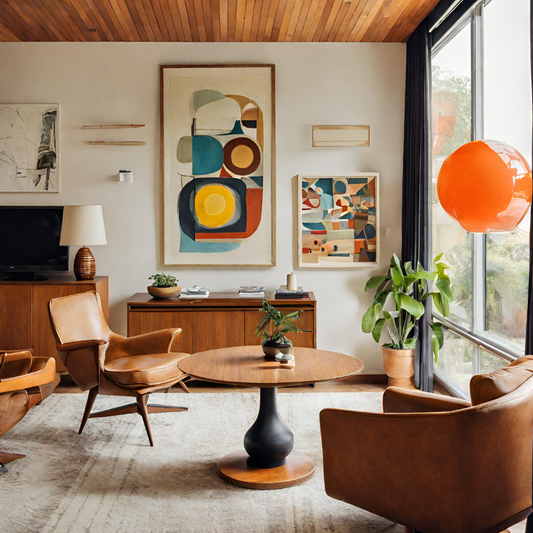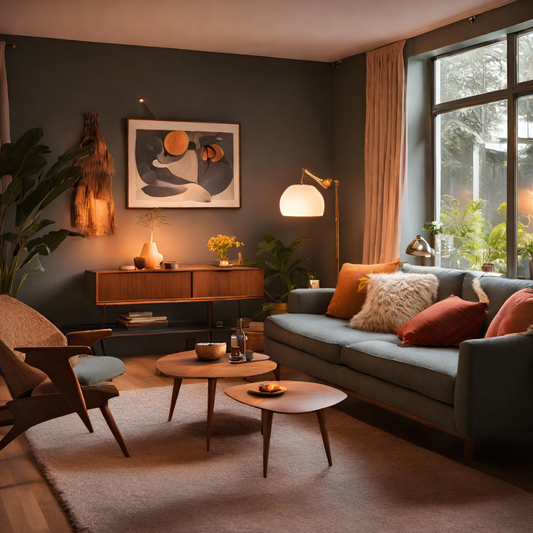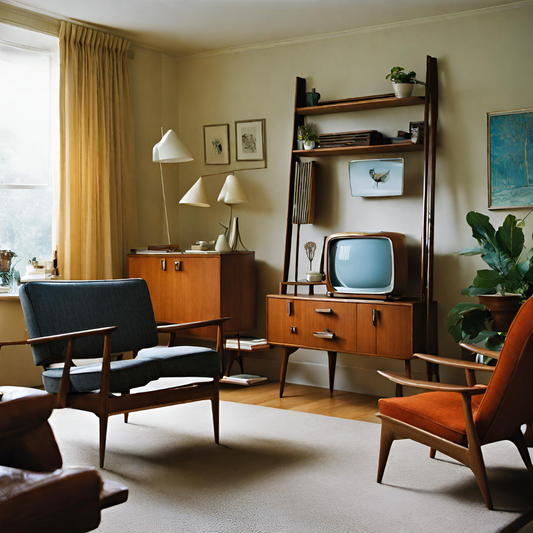
Buying new furniture for your house can be an exciting and rewarding experience. However, before you buy it is crucial to measure your house - to ensure that the new furniture will fit perfectly in your space and through any entrance ways or corridors.
This is particularly important when buying antique or Mid Century Furniture as unlike modern furniture, it doesn't often come apart.
So here are some top tips for measuring before you make a purchase.
Step 1: Make sure you have the necessary tools:
1. Tape measure: A retractable tape measure is essential for accurate measurements. If you don't have a tape measure, then iPhones also have a built in measuring tool. It is slightly less accurate but useful for giving you an approximate idea.
2. Paper and pen: Keep a notepad and pen handy to jot down the measurements (or again just use your phone).
Step 2: Measure the doorways and hallways

Step 3: Measure the room dimensions
Next, measure the dimensions of the room where you plan to place the furniture. Follow these steps:
1. Measure the length and width of the room: Start at one wall and measure the length along the floor to the opposite wall. Repeat the process for the width. Note down these measurements.
2. Measure the height of the room: Use the tape measure to measure from the floor to the ceiling. This measurement is important, especially for items like bookshelves or tall cabinets.
Step 4: Measure existing furniture and other elements

If you already have furniture or other elements in the room, measure their dimensions as well. This will help you determine how the new furniture will fit in with the existing layout. Measure the length, width, and height of each piece of furniture, including tables, chairs, sofas, and shelves. Additionally, measure any architectural elements, such as windows, radiators, or built-in fixtures, that could impact the positioning of the new furniture.
Step 5: Consider clearance and functional space
When measuring, remember to account for clearance and functional space. Allow enough room for comfortable movement around the furniture. Consider leaving at least 2 feet of space between furniture pieces and walls to avoid a cramped feeling.
Step 6: Take note of special requirements

Follow these steps and this will enable you to find the perfect furniture pieces that fit seamlessly into your living space, creating a comfortable and aesthetically pleasing environment.




